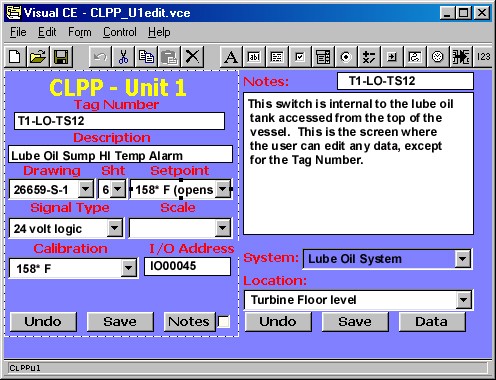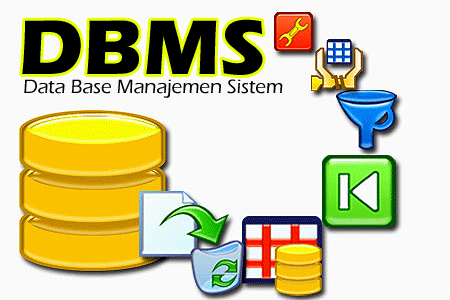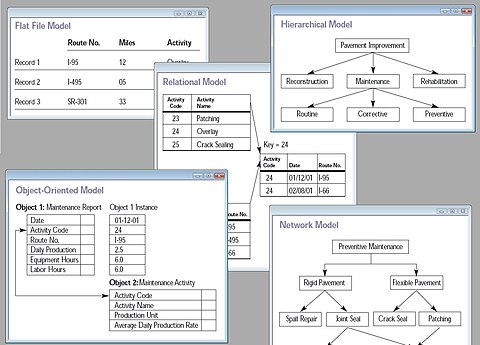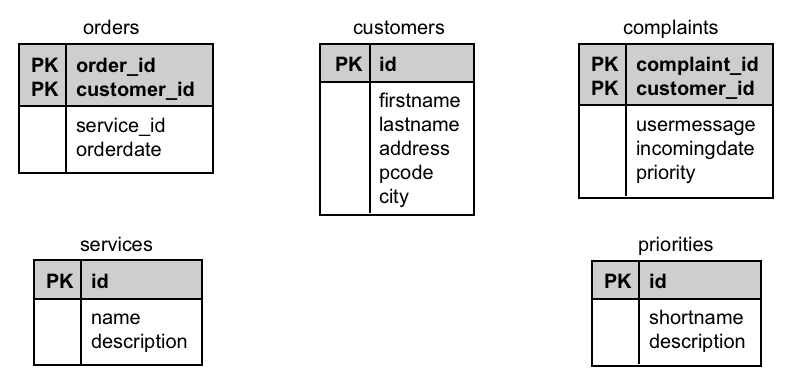INTRODUCTION TO INFORMATION TECHNOLOGY
salji
Monday 27 May 2013
Sunday 31 March 2013
TOPIC 5 ( TOPIC 2)
DISCUSS THE IMPORTANCE OF THE INTERNET AND WORLD WIDE WEBIn this topic i have learnt about Internet and world wide web. It was a very nice topic. It was because make me more understand about internet and what is the advantages of internet. Now, i would like to review about what is the definition of internet.Definition of Internet:The Internet is a global system of interconnected computer networks that use the standard internet protocol suite(TCP/IP) to serve billions of users worldwide. It is a network of networks that consists of millions of private, public, academic, business, and government networks, of local to global scope, that are linked by a broad array of electronic, wireless and optical networking technologies. The Internet carries an extensive range of information resources and services, such as the inter-linked hypertext documents of the world wide web(WWW) and the infrastructure to support email.We using Internet for:
there are many service on the Internet. Such as,
 Beside that, Internet also has The web service.
Beside that, Internet also has The web service.
2) The WebWeb was created by Tim Berners lee. It is a network of fine threads constructed by a spider from fluid secreted by its spinnerets, used to catch its prey. Morover, web is a collection of linked Web pages that has a common theme or focus is called a Website.Actually Internet is not the same with Internet. Even it is similar meaing, but it's describe defference between internet and World Wide Web.- Internet is the largest network in the world that connects people/organization all over the world. and it was exist in 1960 that was created by Vint Cerf. It is a big collection of computer. When we are using the Internet. You may not be using the world wide web.For example: Skype via a phone, when you are using the internet. You can not using the world wide web in the same time on a computer.About World wide web:It is a service of the internet. It was exist in 1990 and created by Tim Berners Lee. Morever, it is a big collection of HTML pages on the Internet. When we are using the world wide web you are always using the internet.Infact, if you want search information, you have to use internet and web.
This weeks topic was about the "Trends in the internet and WWW". We learned about the differences between the internet and the World Wide Web. Internet functions are transport mechanism. Global WAN that connects approximately 1 million organizational computer nets in more than 200 countries. Internet enables people to access data in other organization and to communicate, collaborate and exchange information around the world, quickly and inexpensively.WWW is an application that uses those transport functions. The web handles all types of digital information including text, hypermedia, graphics and sound. Later on we learned about Web-based Computing. The web current computing models include server side computing (CGI) and client side computing (Applets) and were initially designed for processing fill-out forms. Then we learned how internet infrastructure works. For example, instant messaging. When log in to IM server, the server determines in any of user established friends, family, coworkers called buddies are online. When the sender send instant voice or video communications to online buddies, the message travels through a messaging server and then to the online buddy's computer.
Web Applications
A web application is an application that is accessed by users over a network such as the Internet or an Intranet.The term may also mean a computer software application that is coded in a browser-supported programming language(such as JavaScript, combined with a browser-rendered markup language-like HTML and reliant on a common web browser to render the application executable
Web applications are popular due to the Ubiquity of web browsers, and the convenience of using a web browser as a client, sometimes called a thin client. The ability to update and maintain web applications without distributing and installing software on potentially thousands of client computers is a key reason for their popularity, as is the inherent support for cross-platform compatibility. Common web applications include web mail, online retail sales, online auction, wikis and many other functions.

Application: Web
· Web page
- Web document
- HIML (Hyper Text Markup language)
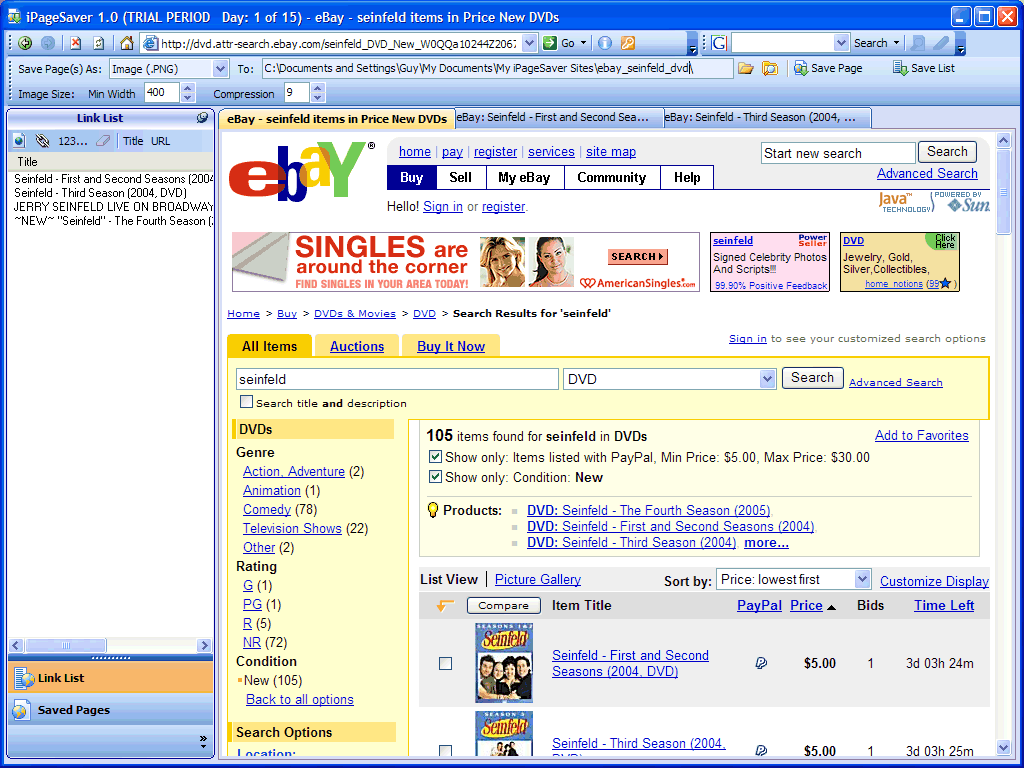



There are 2 types of Web:
- 1. Static web : it is a read only web. Allow people to search for information and read it. Example: web 1.0
- Dynamic web page: It is a web interactions between people, software. For example: web 2.0 and 3.0
v Generation of the web
The first one is generation: Web 1.0
It is the information is displayed on web page as static content and it closed to external editing that do not allow visitors to contribute. Moreover, it is hyper-linking of the web-pages and bookmarking were two of the most important aspect of web 1.0.
For example: information website, education web, company website.
The second one is generation: Web 2.0
· It is a popular term for advances internet technology and applications. It is provides ability of external editing. For example, web users may extend, undo and redo each other work. Such as, in blogs, posts and the comments of individuals are displayed, shared and managed.
The third one is generation: Web 3.0
· It is about semantic web, and that web is based on intelligent web applications using: For example, decision support system, expert system portal.
Now I am moving to another sub-topic, it is about Web apps: Web 2.0
Now I am moving to another sub-topic, it is about Web apps: Web 2.0
Categories of web 2.0 sites
Ø Online social networking to Mash-ups and Aggregotors.
· Online social networking :
Example of social sites, MySpace, Twitter,Friend finder, Facebook, Classmates, Flickr and so on.


· Aggregate: it means collect things together. And it is a web site that takes different content from a number of other web sites and mixes them together to create a new kind of content. Including, data aggregator, video aggregator, social network aggregator, search aggregator and news aggregator.


- C ategories of Web 2.0 sites:
- Aggregators and mash-up
And for anther part, I am going to reflect about Web 2.0 Information technologies and Application.
The first of all, it is about Information technologies and application: It is a xml and Ajax as an example of programming language used in web application.
And in that programming language, it can a set of words, abbreviation and symbols that enables a programmer to communicate the instruction to a computer. Beside that, it is also used to communicate with a computer.
v Here are two types of PL
1. Low-level language: it is a machine dependent language. And it is divide to small types. They are machine language( 1st generation pl) and assembly language(2nd generation pl).
2. High-level language: it is more user friendly.


v There are three generations of HLL:
3rd generation of HLL, 4th generation PL and 5th generation PL.
And it divide to three types:
1) Togging
2) Blogs
3) Wiki.
- Blogs

And for the last sub-part in this lesson, I am going to reflect about Web Based Collaboration tools( Web based Application):
Google Apps Technology

Before I move to my topic, I would like to describe what the meaning of Google apps?
It is a application and infrastructure and a series of application from Google.
We can use and save many thing by using Google Apps Technology. Such as, Messaging, Calendaring, Document, Video, site,talk and Maps.
Almost for 4 months ago that I have been learning about Information Technology. There are many knowledge that I get. It makes me more understand about computer and technology. Moreover, My lecturer is a best lecturer that I have never met before. She have toughs me very well and clear. Even her English language also clear and easy to understand. And at the late of this semester. She have given a work that relate to Google-site. It is involve to presentation on internet. So that, I have to know well about some program by using internet. For this lesson. My group are going to create a website by using Google-site to present and promote about my topic or business. And our topic is about MAYBANK4U


and Infect, we are going to present on this Tuesday. It is make more understand about what is the advantage of internet. I was very enjoy to study in this subject. And I hope one day I will be able to know well on the internet and computer. By now, before I am going to finish my reflection. I would like to say thank so much for my lecturer that have spent much time to teach me. And I hope I will be able to learn with her again in another subject in next semester. Good luck and thank you. Tata by now. Asalamualaikum.
Friday 22 March 2013
SEESION 1 (LO4)
Apply relational database design approach andimplement it using Microsoft Access or other DBMSBefore we go to our topic we have to know what the definition of database.Database is a collection of interrelated data stored together with controlled reducndacy to serve one or more application in an optimal way. the data are stored in such a way that they are independent of the programs used by the people for accessing the data.
In this week i have learned about database. I also did the case study for ISD methodology presentation as a group as a group activity. It was easy for me, because at that time. i have a good understanding in this topic as well as i did so many reading as well. i had to explain about Factory in Cambodia and what are the information systems. They are using and which method. I prefer as a mothodology to implement the system.
We learned that database is the container or a collection of data. And it has four components: data, relationships, constraint, and schema….Database management system: it’s software that create database. For example, Microsoft access and then we learned that DBMS performs five primary functions: define, create and organize a database, input data, process data, maintain data integrity and security (it allows limited access of the database), and query database.
Database:
- Terminology
- it is using for organized collection of data.
- Collection of information arranged and presented in alphabetical order
- mechanism for storing, managing and retrieving information.
Database Application
It is a data that makes collection, storage and relrieval of infinite customer data possible.And it is a software program used for the collection, storage and retrieval of data. Database software development has evolved as an industry due to its various business uses.
Function of Database
Here are three functions of Database
- To store
- To organize
- To control data.
Database Components
- It is Field in data processing and it is a piece of information.
- Schema: it describes the organization of data and relationships within the database. The schema consists of definitions of various types of record in the database, the data-item they contain and the sets into which they are grouped.( known as ERD)
After that. we move to another part. It is about Fundamentals of Database.
Now, i am going to describe what is the meaing of Fundamentals of database?
Fundamentals of Database:
- There are Six terms of fundamentals of database
1/ Field: It is a specific piece or category of data. Such as, a first name, last name, city, state, subject or birthdate. It is in the column of the table.
2/ Record: a group of related fields that describes a person, place, thing or transaction. Such as, customer, student, location, product or sale. ( Row of table)
3/ Key field: a field that contain unique information for each record. Such as, student ID for a student.
4/ Table: a collection of records for a single subject. Such as, student, products or Sales.
5/ Relational database: Multiple table that are linked together to address a business process. Such as, managing timetable, couses and students.
6/ Objects: the part of an Access database that help you view,edit, manage and analyze the data: tables, queries, form, report, macros and modules.
Database Management System(DMS)
It is a software package for manipulating database or database program.
Example of Database Management System(DBMS)
MySQl, Microsoft Access, postgreSQL, SQLserver, Filemaker, Oracle, dBase, Foxpro,Clipper and so on.
Features of DBMS
- Here are three Features of DBMS:
- Allow users to create new database
- Give users the ability to query and modify the data using appropriate language( query language or data manipulation.
- It provides information to the decision makers that they need to make important decision. this information is provided by querying the database using SQL.
TYPES OF DATABASE LANGUAGE
- DDL( data definition language)
- DML(data manupulation language)
- DCL( data control language)
Data manipulation language
DCL( Data control language)
DBMS USERS
- End Users
- Application programmers
- Database Administrator
NEXT SESSION IS STUDY ABOUT DATA MODEL
But before we go to our sup topic, we have to know and understand what the definition of Database Models.
Definition:
- Database model is the structure of format of a database, described in a formal language supported by the database.
Data model:
- Structure
- Characteristic
- Description
These are the basic for building block of data model:
- Organization
- Entity
- Attributes
- Relationship
The first one is about Entity:
- represent a particular object in the real world( a person, a place, or an event)
- Entities can be thought for as nouns.
- represented in tables
for example: student information system
Entity= student, subject, course, time table, result.
Student:
- Student ID, student name, address and so on.
- Subject: code, name, hours.
B) Attribute
- Characteristic of an entity
- attributes that help to identify the entity.
- Respresent by colum in table.
For example: student information system:
Student: ID, Name, Address
C) Relationship
- Describes an relationship among entities
- These relationship can be shown in the form of diagram
- entity relationship diagram(ERD)
- Data model use three types of relationships
- 3 forms of ERD
- One to one. eg: student ID for a student, passport..

- one to many. eg: Mother and children.. that mean, one mother can have alot of children. but children can not have alot of mother.
- Many to many: eg: luctuerer and students. lucturers can have many students and students also can have many lucturerers.
TYPES OF DATABASE MODELS
Here are 4 types of Database Models
- Hierarchical database
- Network database
- Relational database
- Object-relational database
1) Hierarchical Model
- Hierarchical Model was developed in 1960s by IBM company(IMS)
- The hierarchical data model organizes data in a tree structure.
- structure contain levels or segment( like organizational chart)
- May establish one to many relationship.
Network database:
Definition: The network model is a database model conceived as a flexible way of representing objects and their relationships. Its distinguishing.
- Improvement from hierarchical model. Data are represented by records suring links among them
- it can relate to many records
- the network model structure allows for many to many relationship.
Relational Database:
We use data Model for:
- organization's primary goals and requirements
- The volum of transaction/information organization.
Subscribe to:
Posts (Atom)





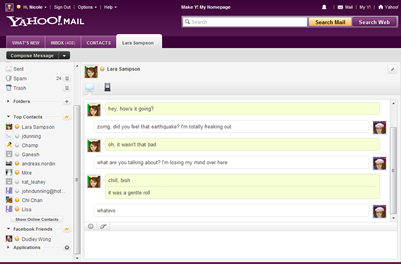








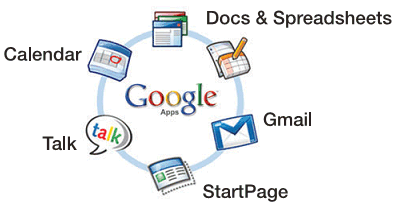

.jpg)
